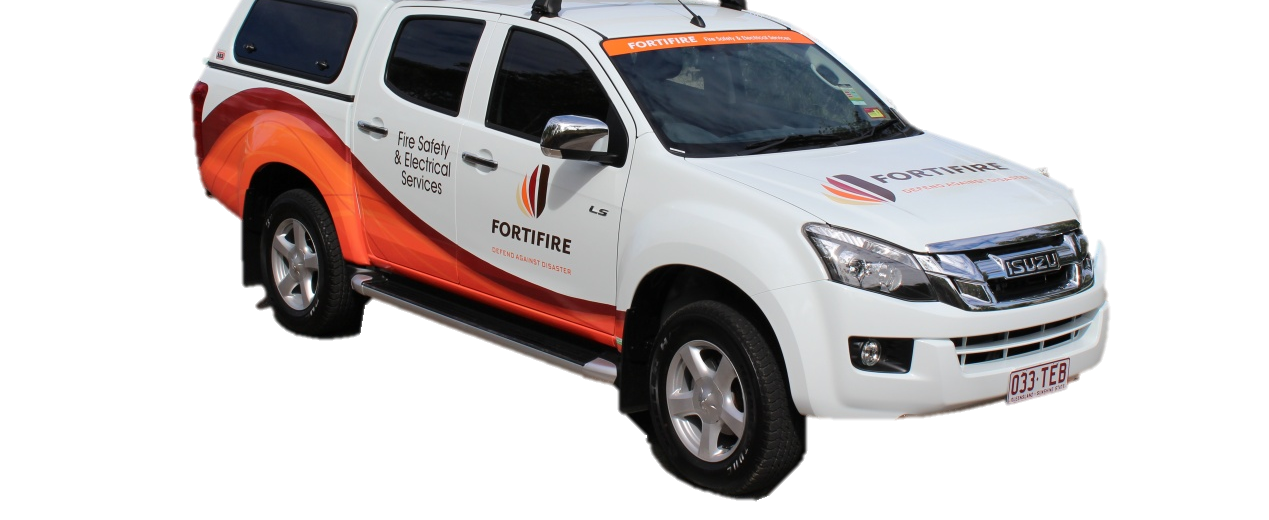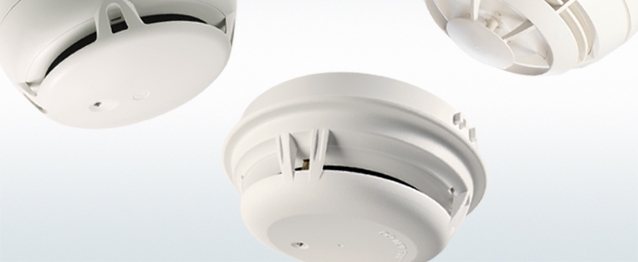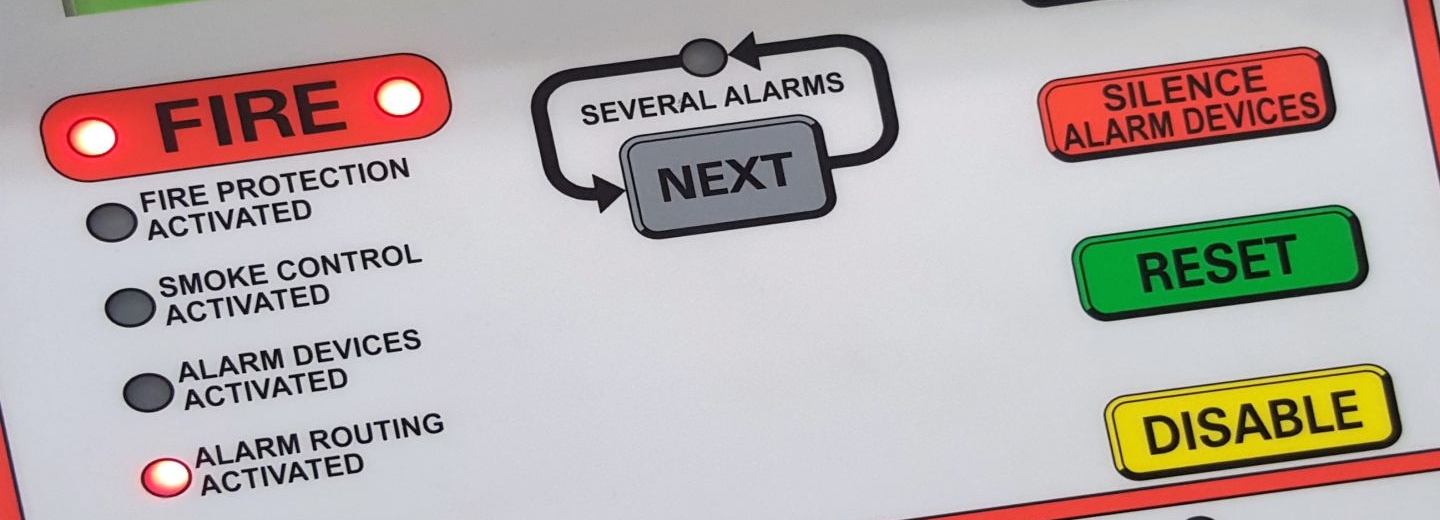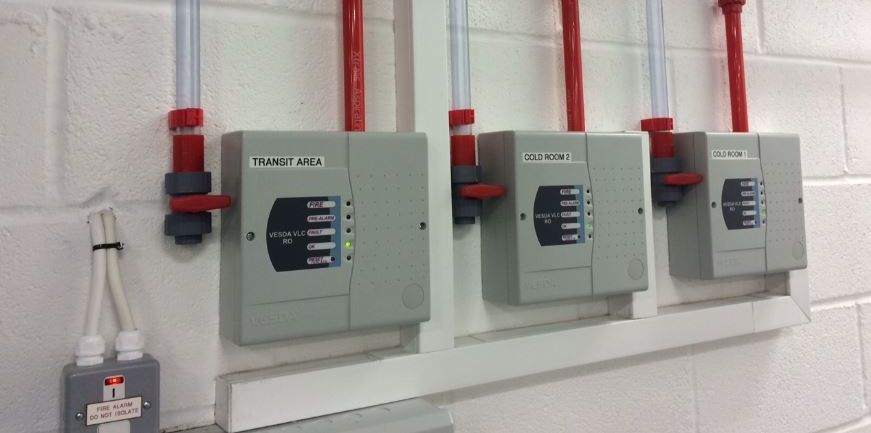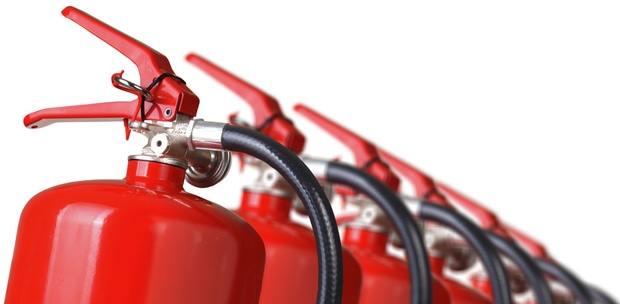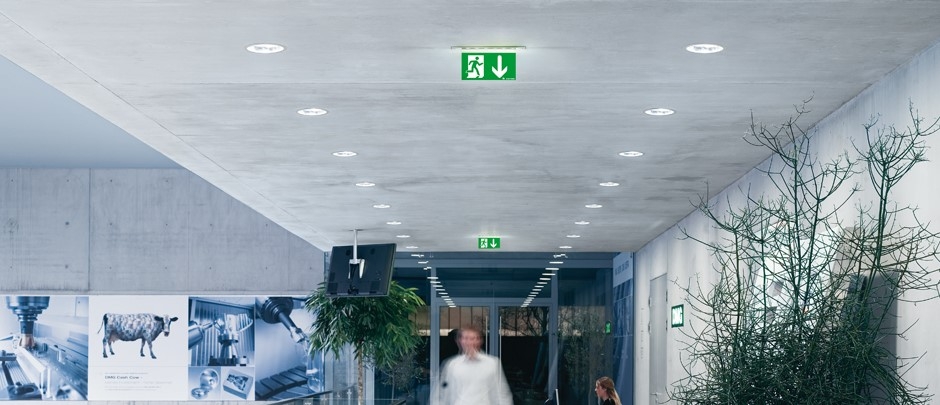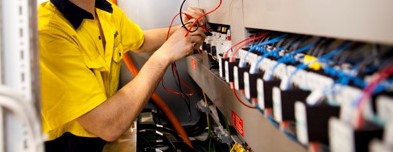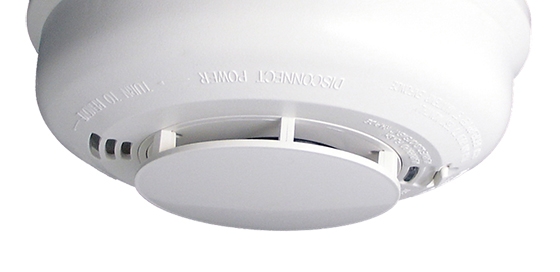Queensland Smoke Alarm Legislation
The information on this page is available for download as: Fortifire Information Bulletin 06 - Queensland Smoke Alarm Legislation January 2017
Queensland Parliament passed new smoke alarm legislation (31st August 2016) aimed at ensuring Queensland households provide occupants with early warning in relation to fire detection and safety.
Many people would remember the heartbreaking incident of the 2011 Slacks Creek fatal house fire which claimed eleven (11) lives. Sadly, lives have continued to be lost in house fires in Queensland and this new legislation will save lives.
It specifies that every Queensland residence will have interconnected photoelectric smoke alarms in all bedrooms of the home and in hallways where bedrooms are connected.
Photoelectric smoke alarms can also be known as optical or photo optical smoke alarms.
Interconnected means if one smoke alarm sounds all other smoke alarms in a premise will sound; so it won’t matter what part of the house the fire starts in, the alarm closest to you will quickly alert you to a fire danger. Photoelectric smoke alarms are more likely to alert occupants to a broader range of fires in time to escape safely.
Every home should also have a clearly defined and well-practiced fire escape plan. By having a well-practiced fire escape plan, you’ll stand a better chance of avoiding panic and getting everyone out safely during a house fire.
What is changing?
All Queensland dwellings will be required to have interconnected photoelectric smoke alarms in all bedrooms, in hallways that connect bedrooms with the rest of the dwelling and on every level.
When is this happening?
There is a 10-year phased roll-out of interconnected photoelectric smoke alarms in Queensland that will happen over three specific periods starting from 1 January 2017. This means interconnected photoelectric smoke alarms are required for compliance:
•
From 1 January 2017: in all new dwellings and substantially renovated dwellings (this applies to building applications submitted from 1 January 2017).
•
From 1 January 2022: in all domestic dwellings leased and sold.
•
From 1 January 2027: in all other domestic dwellings.
What about new or replacing existing smoke alarms?
Any new smoke alarm being installed or existing smoke alarm being replaced from 1 January 2017 must be a photoelectric-type alarm which complies with Australian Standard 3786.
If your smoke alarm is more than 10 years old it must be replaced with a photoelectric smoke alarm. A smoke alarm which is hard wired to the domestic power supply must be replaced with a hard wired photoelectric smoke alarm. Be sure to check your alarm’s date of manufacture (which should be stamped on it). Any smoke alarms that do not operate when tested must also be replaced immediately.
How do you know if a smoke alarm is photoelectric?
A photoelectric-type smoke alarm will have the word ‘photoelectric’, ‘optical’, ‘photo optical’ or the symbol ‘P’. If it does not contain these words or symbols your alarm should be replaced.
What type of photoelectric smoke alarm systems are there?
Queenslanders who own existing homes can either have their smoke alarm system hardwired into their home’s electrical wiring or have their smoke alarms powered by a tamper proof, 10-year battery. All smoke alarm systems must be interconnected to comply with the new laws. This can be achieved by hard-wiring the alarms or some models use wireless radio technology. Remember the packaging must state that the alarm complies with Australian Standard 3786.
Can I have both hardwired and wireless smoke alarm systems in my home?
The new legislation does allow for a combination of hardwired and wireless smoke alarm systems subject to them meeting the criteria of interconnectivity. You would need to check with the smoke alarm manufacturer or distributor or your electrical contractor to see if the smoke alarms chosen are compatible for interconnection.
Where will smoke alarms need to be installed?
The new legislation means that interconnected photoelectric smoke alarms will need to be installed on each story and:
•
in each bedroom
•
in hallways that connect bedrooms and the rest of the dwelling
•
if there is no hallway, between the bedroom and other parts of the story
•
if there are no bedrooms on a story, at least one smoke alarm must be installed in the most likely path of travel to exit the dwelling.
Who can install smoke alarms?
Any certification work (usually includes installing new Smoke Alarms or altering or relocating existing smoke alarms in a building) then then that work needs to be certified. Certification must be carried out by a QBCC licensee with the certify class of licence. This means if the installing electrician is not a holder of a QBCC Certify licence, they, or the customer, will need to employ a Certifier to certify that work.
If you are installing or maintaining Extra Low Voltage (ELV) Smoke Alarms for a building you are required to be appropriately licensed.
• If you are contracting with a builder or consumer for this work you will need a QBCC contractor’s licence or an Electrical Safety Office (ESO) electrical contractor’s licence.
• If you are working for a licensed person or company, you will need to hold a QBCC fire protection occupational licence or an ESO worker licence.
Note – all Low Voltage (LV) work must be carried out by an ESO licensed electrician.
Note – all ELV work where the ELV equipment is in a hazardous area in accordance with section 14(1)(c) of the Electrical Safety Act 2002 or where the ELV equipment is water equipment in accordance with section 68 of the Electrical Safety Regulation 2002 must also be carried out by an ESO licensed electrician.
• Any certification of fire detection, alarm and warning systems must be carried out by a QBCC licensee with the certify class of licence.
Fortifire is QBCC Licensed to certify work involving new Smoke Alarms or changes/relocation of existing Smoke Alarms.

Need more information?
Contact Fortifire and we will be able to provide advice – 04 000 11 665 peter@fortifire.com.au
Go directly to the official Queensland Government website - https://www.qfes.qld.gov.au/community-safety/smokealarms/Pages/default.aspx


